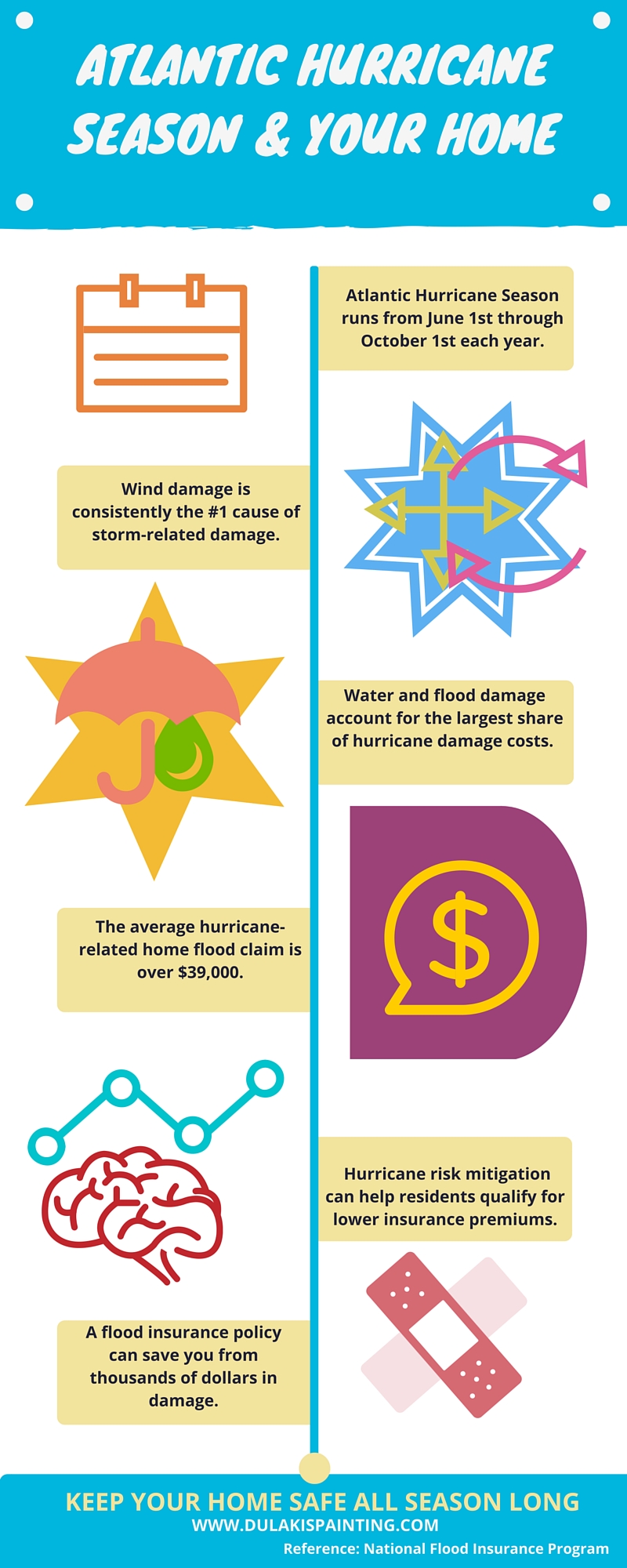Seasonal Factors In Business Outside Painting: Key Insights You Need To Know
Seasonal Factors In Business Outside Painting: Key Insights You Need To Know
Blog Article
Material Produce By-Carlson Urquhart
When you're intending a business external painting task, seasonal factors can make or break your results. You'll want to take into consideration how temperature and humidity impact paint application and drying out times. Picking the ideal period can guarantee your paint sticks effectively and lasts much longer. But which periods are absolutely the best for this sort of work? Allow's check out the key elements that can influence your project's success.
The Impact of Temperature Level on Paint Application
When you're preparing a business external paint task, the temperature level can significantly affect exactly how well the paint sticks and dries.
Ideally, you want to repaint when temperatures vary in between 50 ° F and 85 ° F. If it's too cool, the paint may not treat correctly, causing problems like peeling or splitting.
On the other hand, if it's as well warm, the paint can dry out too quickly, stopping proper attachment and leading to an uneven finish.
You ought to also take into consideration the time of day; morning or late afternoon offers cooler temperature levels, which can be extra favorable.
Constantly check the supplier's referrals for the specific paint you're using, as they commonly provide assistance on the suitable temperature variety for optimal results.
Moisture and Its Effect on Drying Times
Temperature isn't the only ecological element that influences your business external painting task; humidity plays a significant function as well. High humidity degrees can reduce drying times considerably, influencing the total top quality of your paint job.
When the air is saturated with moisture, the paint takes longer to heal, which can result in issues like bad bond and a greater danger of mold development. If you're painting on a specifically humid day, be gotten ready for extensive delay times between coats.
click the up coming web page to check regional weather conditions and strategy as necessary. Preferably, https://emiliorrtpp.blog-eye.com/35708301/making-certain-security-crucial-security-practices-to-review-when-working-with-paint-specialists for moisture degrees in between 40% and 70% for optimal drying out.
Keeping these factors in mind guarantees your job remains on track and provides a long-term coating.
Best Seasons for Commercial Outside Painting Projects
What's the best season for your industrial external painting jobs?
Spring and very early autumn are usually your best bets. During these seasons, temperatures are mild, and humidity degrees are often lower, developing ideal problems for paint application and drying out.
Stay clear of summer's intense heat, which can cause paint to dry also swiftly, leading to inadequate bond and coating. Similarly, wintertime's chilly temperatures can impede appropriate drying out and treating, running the risk of the long life of your paint task.
Go for days with temperature levels in between 50 ° F and 85 ° F for optimum outcomes. Bear in mind to inspect the neighborhood weather forecast for rain, as damp problems can wreck your job.
commercial painters mn around these elements ensures your painting task runs efficiently and lasts much longer.
Verdict
Finally, planning your commercial exterior painting tasks around seasonal factors to consider can make a considerable distinction in the outcome. By organizing work throughout the excellent temperature levels and humidity degrees, you'll make sure much better adhesion and drying times. Bear in mind to watch on neighborhood weather report and select the right time of year-- springtime and very early loss are your best bets. Taking these actions will certainly help you achieve a resilient and expert surface that lasts.
